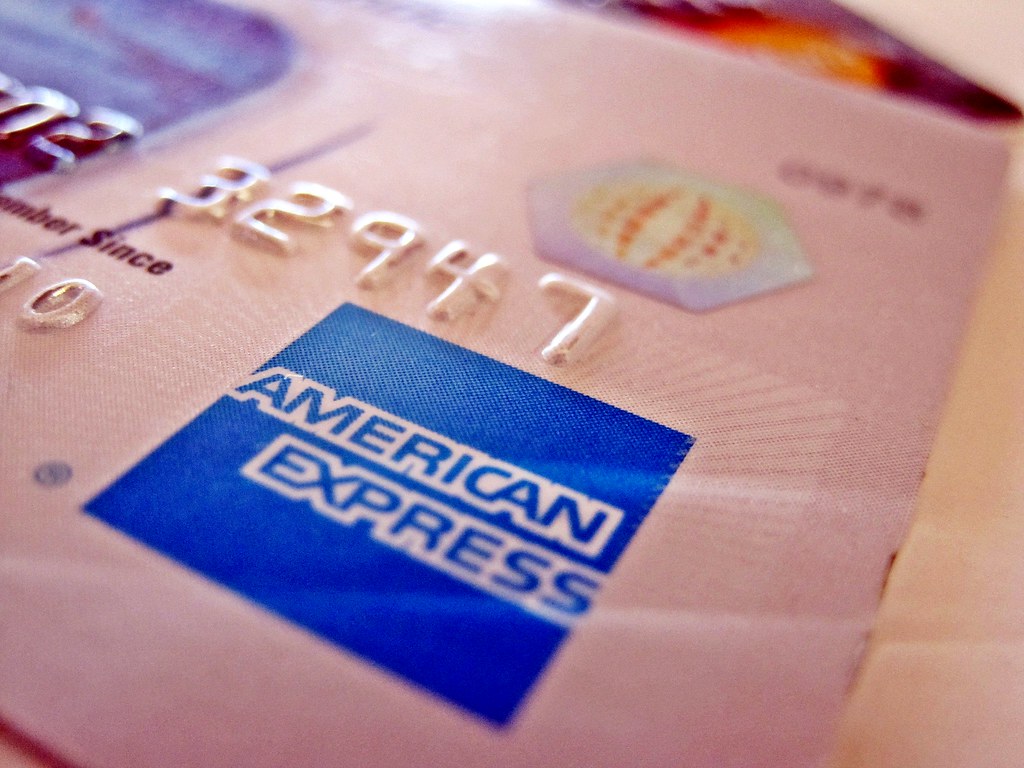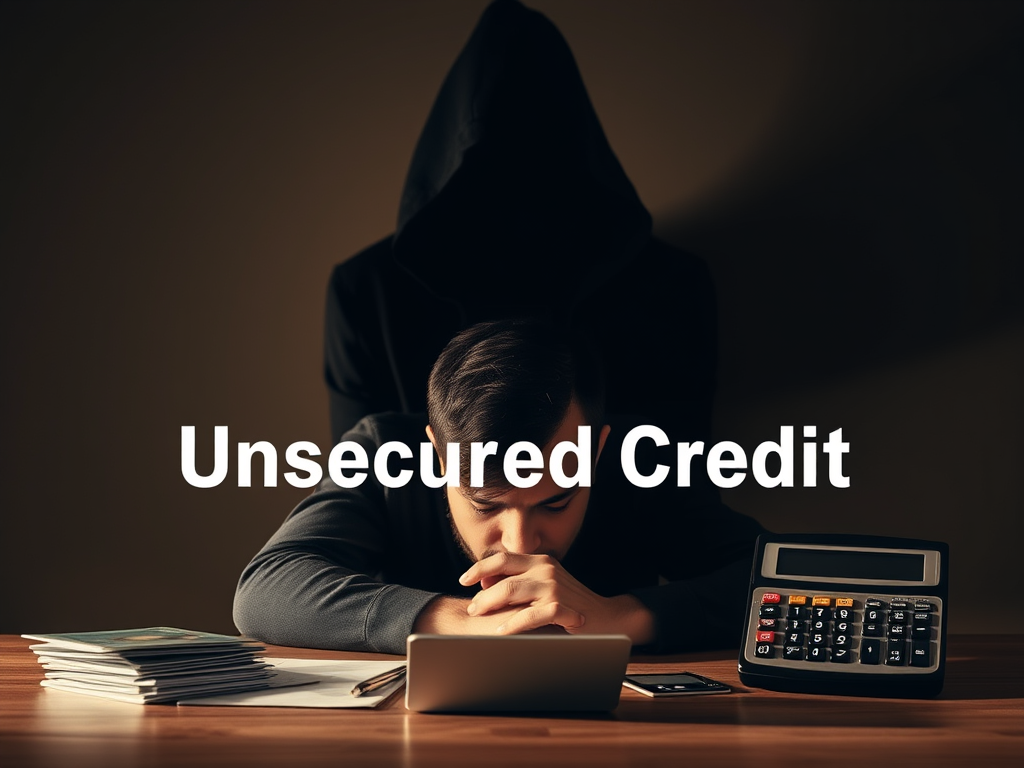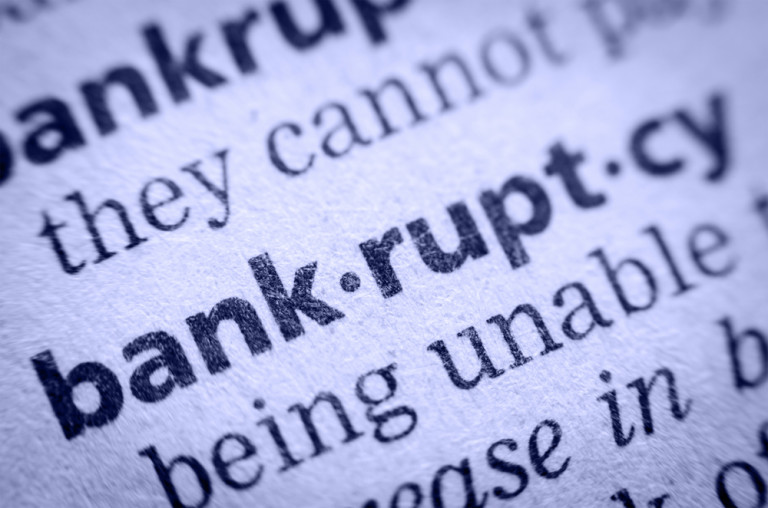Unsecured Credit – You Still May Lose More Than You Gain
Unsecured credit can seem like a convenient financial tool, offering access to funds without requiring collateral. Unlike a mortgage or car loan, where lenders have the right to repossess an asset if payments are missed, unsecured borrowing relies entirely on a borrower’s creditworthiness. While this might appear to be a safer option, the reality is that unsecured credit carries significant risks that can have long-term financial consequences.
Borrowing money without putting up collateral may seem appealing, but it does not mean there is no penalty for failing to make payments. The moment you miss a payment on a credit card or unsecured loan:
- Your account is flagged for collections, and creditors will begin pursuing payment from you.
- Your credit report will reflect the missed payment, potentially lowering your credit score.
- Future borrowing options may be limited, with higher interest rates and fewer loan choices.
Understanding Unsecured Credit
Unsecured credit refers to loans and credit lines that do not require an asset as security. Lenders assess the borrower’s credit history, income, and overall financial health to determine eligibility and interest rates. Common examples include:
- Credit cards – Flexible borrowing with revolving credit limits.
- Personal loans – Fixed-term loans with varying interest rates.
- Certain student loans – Federal and private loans that do not require collateral.
Because lenders take on more risk with unsecured credit, these loans often come with higher interest rates and stricter repayment terms. Borrowers must rely on their ability to make timely payments since failure to do so can lead to penalties, increased interest rates, and difficulty securing credit in the future.
The Benefits of Unsecured Credit
One of the primary advantages of unsecured credit is accessibility. Borrowers do not need to own valuable assets to qualify, making these loans available to a broader range of individuals. Additionally, unsecured credit can be used for various purposes, from financing unexpected expenses to consolidating debt.
When managed responsibly, unsecured credit can also help build a strong credit history. Timely payments contribute to a positive credit profile, improving access to better loan terms in the future. For individuals with excellent credit, unsecured loans can offer relatively favorable interest rates, making them a viable option for short-term financing needs.

The Risks and Pitfalls
Despite its advantages, unsecured credit poses significant risks:
- Missed payments lead to collections – Once a borrower falls behind, lenders can take aggressive steps to recover their money.
- Damage to credit scores – Even a single missed payment can negatively impact a borrower’s credit report for years.
- High interest rates – Many unsecured loans come with steep rates, making repayment challenging.
- Hidden fees and penalties – Some lenders impose late charges, penalty APRs, and additional costs that borrowers may not anticipate.
Real-World Examples and Lessons Learned
Some borrowers have successfully used unsecured credit to their advantage. For example, individuals who strategically use credit cards with low-interest promotional periods can finance large purchases without paying interest, provided they repay the balance before the introductory rate expires. Others have consolidated high-interest debt into a single unsecured loan with a lower fixed rate, reducing overall financial strain.
On the other hand, some individuals fall into the debt trap. Consider someone who relies on credit cards for everyday expenses without a clear repayment plan. As interest accumulates, the minimum payments become unmanageable, leading to late fees and collections. Payday loans present another cautionary tale, where borrowers roll over loans repeatedly, resulting in excessive fees that far exceed the original loan amount.
Strategies for Responsible Borrowing
To avoid the common pitfalls of unsecured credit, borrowers must approach lending with a solid financial plan:
- Create a budget to ensure debt payments fit within a manageable financial structure.
- Set up automatic payments to prevent missed deadlines and safeguard credit scores.
- Communicate with lenders early if repayment becomes difficult. Many creditors offer hardship programs or modified payment plans.
- Explore alternative financing options such as secured loans or credit builder programs, which may provide lower-risk borrowing solutions.
Legal and Regulatory Considerations
Consumer protection laws help ensure fair lending practices. Regulations such as the Truth in Lending Act require lenders to disclose key loan terms, including interest rates and fees, while the Fair Credit Reporting Act allows borrowers to dispute inaccurate information on their credit reports. Understanding these protections can empower borrowers to make informed decisions and seek assistance when necessary.
If borrowers face unfair lending practices or aggressive collections, they can turn to organizations such as:
- Consumer Financial Protection Bureau (CFPB) for resources and complaints.
- State attorney general offices for legal recourse against predatory lenders.
- Credit counseling services to get expert guidance on debt management.
Conclusion
Unsecured credit offers financial flexibility, but it also comes with considerable risks. While it can be a useful tool when used responsibly, reckless borrowing can lead to long-term financial difficulties. Understanding the implications of unsecured debt, planning carefully, and making informed decisions can help borrowers navigate these challenges successfully.
Before taking on unsecured debt, individuals should evaluate their financial situation carefully. If borrowing is necessary, ensuring timely repayment and exploring safer alternatives can help prevent financial hardship. Ultimately, responsible credit management is the key to maintaining financial stability and securing a strong financial future.
© 2015-2023 by burdenofdebt.com, a LIVenture. All rights reserved. No part of this document may be reproduced or transmitted in any form or by any means, electronic, mechanical, photocopying, recording, or otherwise, without prior written permission of LiVentures LLC.(Updated on 2/21/25)







